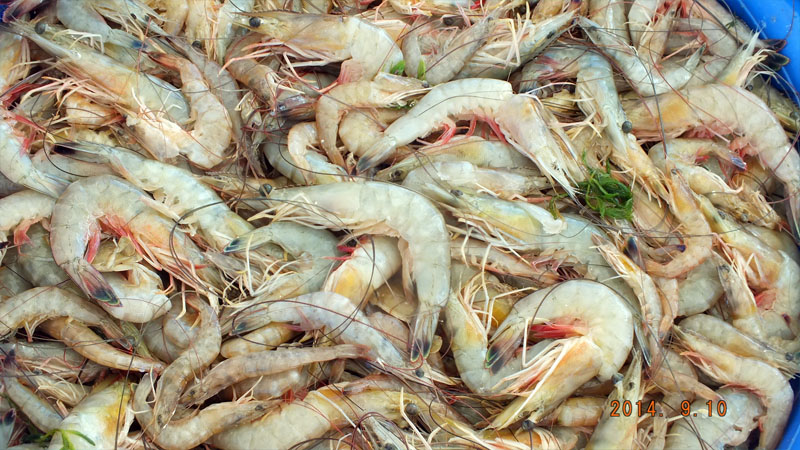Exclusive content

Shrimp has firmly established itself as America’s seafood of choice, with nearly one-quarter of all seafood consumed in the country comprising this beloved crustacean. However, as the latest findings from NOAA Fisheries illustrate, the U.S. shrimp industry faces severe challenges that may threaten its very existence despite the consumer demand.
Declining Economics of Shrimp Harvesting
While landings in 2023 remained comparable to those of the previous year, the financial returns for American shrimpers have significantly dwindled. Preliminary data indicate that revenue from wild-caught shrimp plummeted from USD 329 million in 2022 to a mere USD 204 million in 2023, a staggering 38% drop. This decline is not merely a blip but a reflection of broader market pressures, particularly the influx of cheaper imported shrimp that undercuts domestic prices.
Yet, amidst the turmoil within the industry, the sustainability of U.S. wild-caught shrimp continues to be a strong selling point. NOAA Fisheries emphasizes the rigorous management practices in place that contribute to the sustainability of these fisheries. U.S. operations are subject to stringent tracking and reporting requirements, ensuring transparency and accountability in their catch practices. Endorsements of sustainability extend to mandatory bycatch reduction devices and regulations that restrict fishing in vulnerable ecological zones, thereby preserving habitats of concern.
Consumer Choices in a Challenging Landscape
For consumers keen to support sustainable seafood, the steep decline in the domestic shrimp market has created a complex dilemma. The reduced viability of the U.S. shrimp industry not only poses a risk to the livelihoods of those engaged in commercial fishing but also limits the options available for buyers seeking responsibly sourced shrimp. NOAA Fisheries insists on the value of choosing domestic sources and provides actionable advice: patronize local seafood markets, scrutinize product labels, and actively inquire about the origin of the shrimp.
The plight of U.S. shrimpers is echoed by industry leaders, who stress the importance of understanding the real implications of sustainability claims. John Williams of the Southern Shrimp Alliance articulates a common sentiment: while many seafood products may come with labels touting sustainable practices, American shrimpers rely instead on long-standing compliance with federal regulations that govern fisheries. The community’s resilience hinges on a commitment to responsible practices rather than mere branding.